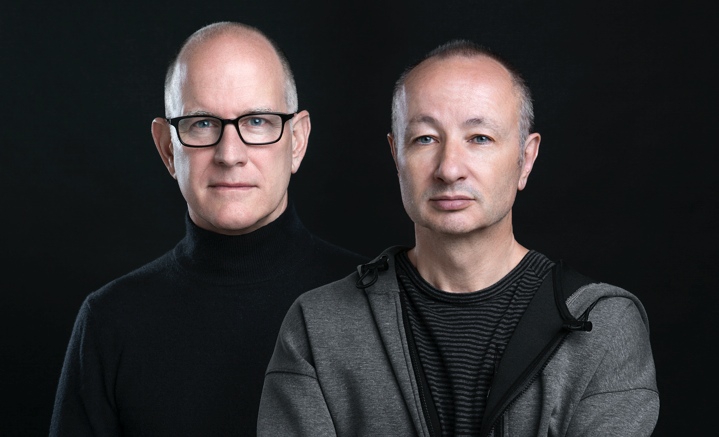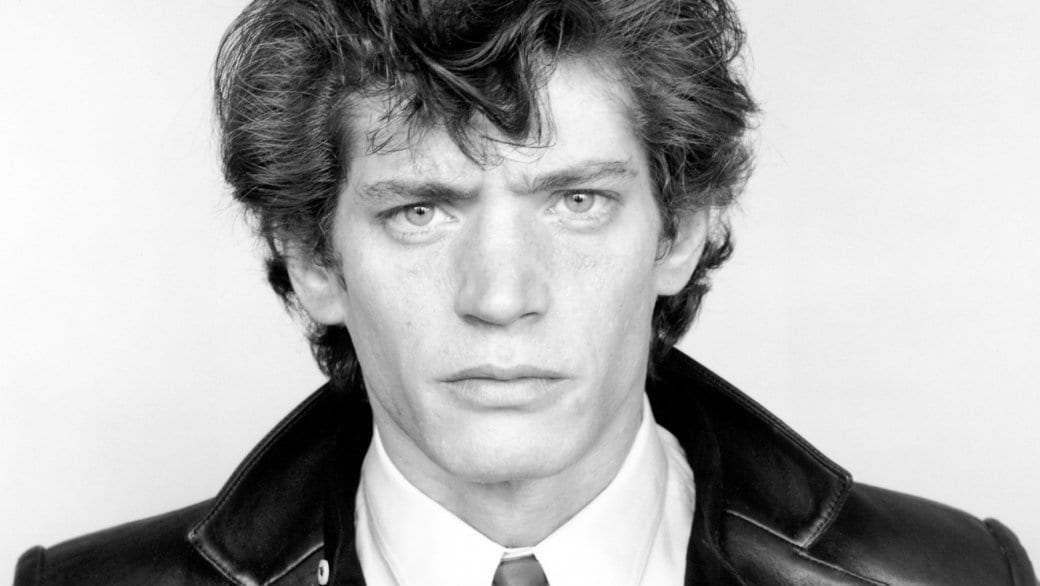There’s a beautiful moment in Mapplethorpe: Look at the Pictures when models Ken Moody and Robert Sherman recreate one of Robert Mapplethorpe’s most iconic photos.
The interview is revealing not because the pair put to rest any perceptions of the photo as a statement on race, but because they’re both still alive to tell the story.
According to Randy Barbato, one of the film’s directors, Mapplethorpe identified the magic of photography as its ability to capture someone in the full-bloom of their beauty. Now imagine seeing the same person 30 to 40 years later holding the same portrait.
“The irony is the person who elevated photography to an art form lived such a short life at a time when so many short lives ended,” says Fenton Bailey, who co-directed the film, which the Vancouver Queer Film Festival will present on May 17, 2016, as part of its new plan to screen films outside the festival’s August run.
(Mapplethorpe: Look at the Pictures premiered on April 4, 2016 on HBO. It plays at the VIFF Vancity Theatre on May 17./World of Wonder)
Mapplethorpe used photography not only to make a spectacle of his life but to put his death on view. His story serves as a stark reminder of what happened to so many artists at the height of AIDS epidemic.
The directors describe watching the footage from the retrospective of Mapplethorpe’s work at the Whitney museum and remembering the people in the images. “His life was one of many. So much brilliance disappeared,” Barbato says.
According to the directors, Mapplethorpe is every bit as relevant now as he was 30 years ago because his photographs challenge us to look at sadomasochistic images and appreciate them for their artistry. Even in an age with so many explicit images at the end of a Google search, his images still have the power to shock, they add.

(Look at the art, say directors Randy Barbato and Fenton Bailey of Robert Mapplethorpe’s work./Vancouver Queer Film Festival)
What makes Mapplethorpe still relevant to me was his uncanny ability to coalesce the outrage of the religious right.
Watching Senator Jesse Helms’ 1989 tirade in the US Senate documented in the film, I was reminded of how angry and powerless I felt during the AIDS crisis. It’s the same anger I feel when I hear Governor Pat McCrory of North Carolina (the same state Jesse Helms hailed from) defend HB2, the law restricting bathroom access for transgender people.
What I didn’t know going into the film was that Mapplethorpe often juxtaposed his commercial work with his portraits concurrently in different galleries, his point being you can’t fully appreciate his lilies without looking at the bullwhip coming out of his ass.
Juxtaposing his public and private personas is a theme that emerges in almost all of Mapplethorpe’s photos. Thanks to social media, it’s a theme that still resonates today.
The hardest part about watching the film is seeing Mapplethorpe’s contemporaries discuss his life while in their golden years. I still can’t stop thinking how unfair it is that Mapplethorpe, like David Bowie and Prince, was deprived of old age, not to mention the wealth of experience and knowledge that was lost to ignorance and bigotry.
“Look at the pictures; look at the pictures,” Jesse Helms yells in the Senate. The irony is that when you do, you see a reflection of the political landscape of today.
Mapplethorpe: Look at the Pictures
Tuesday, May 17, 2016, 6:30pm
VIFF Vancity Theatre, 1181 Seymour St, Vancouver
Tickets $10-12 at viff.org/theatre/films/search/all?keys=mapplethorpe
queerfilmfestival.ca/blog/vqff-presents-mapplethorpe-look-at-the-pictures/

 Why you can trust Xtra
Why you can trust Xtra


